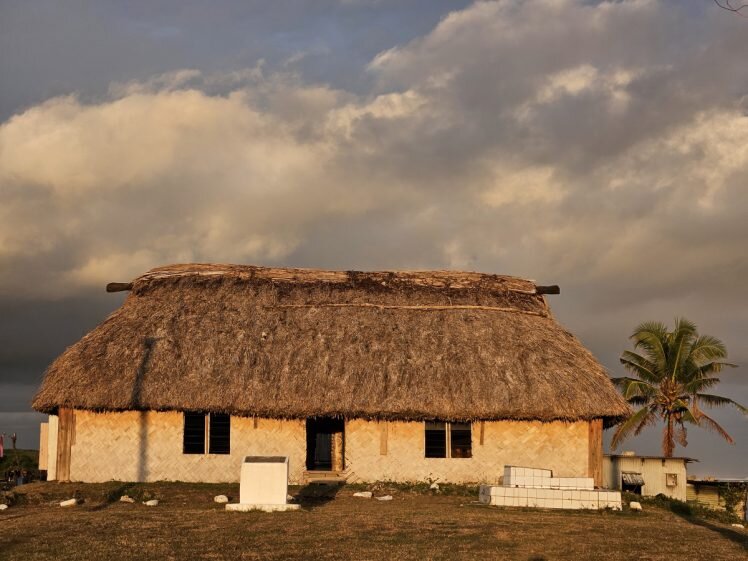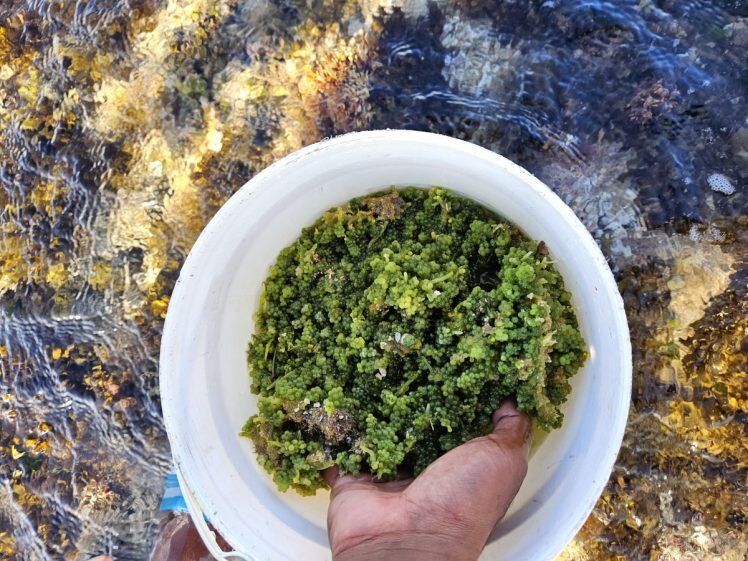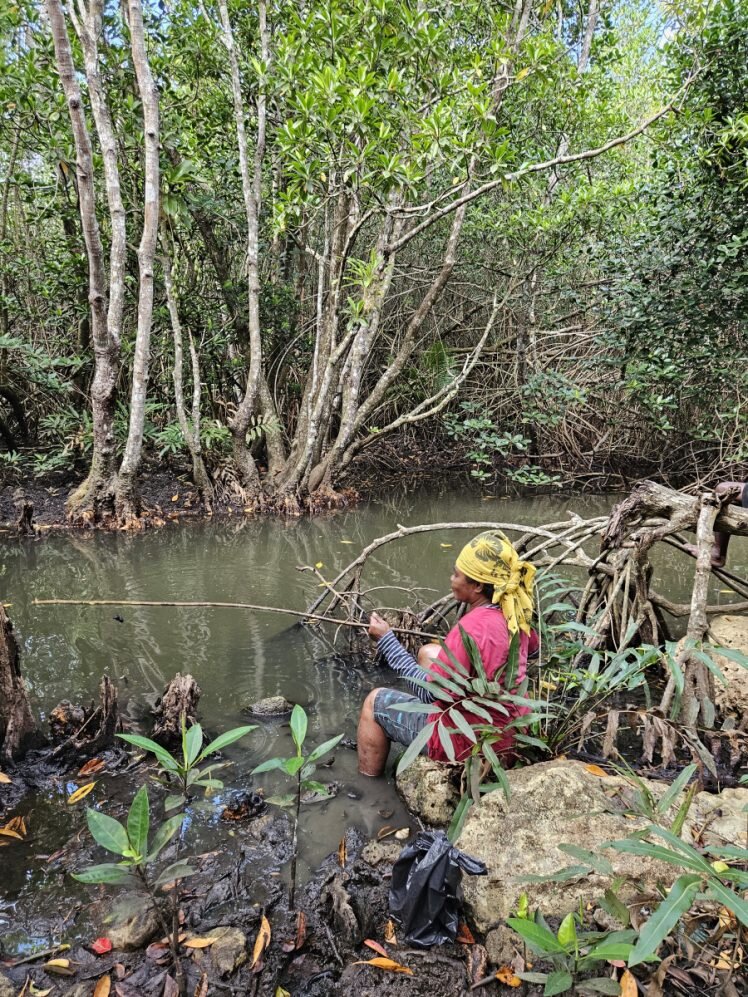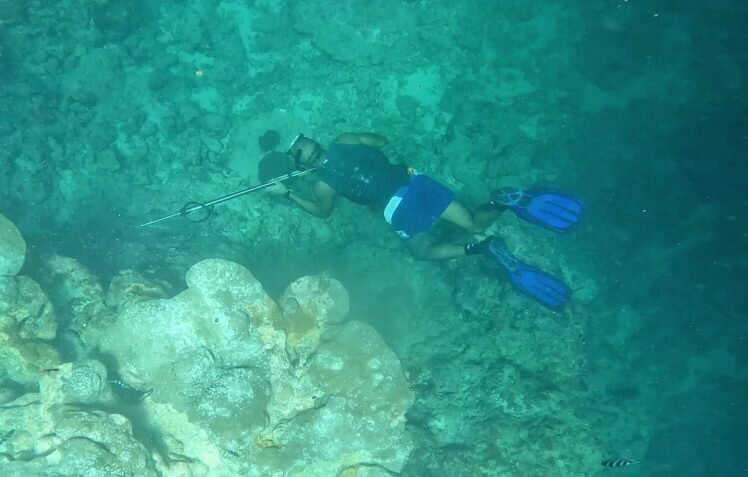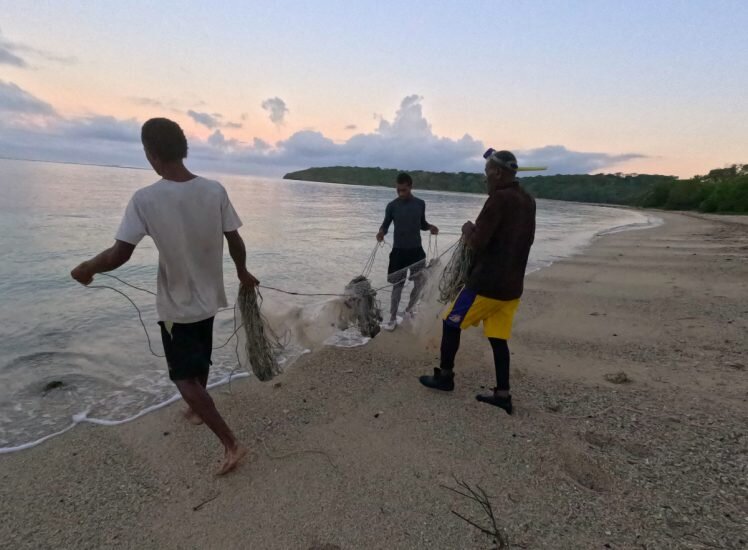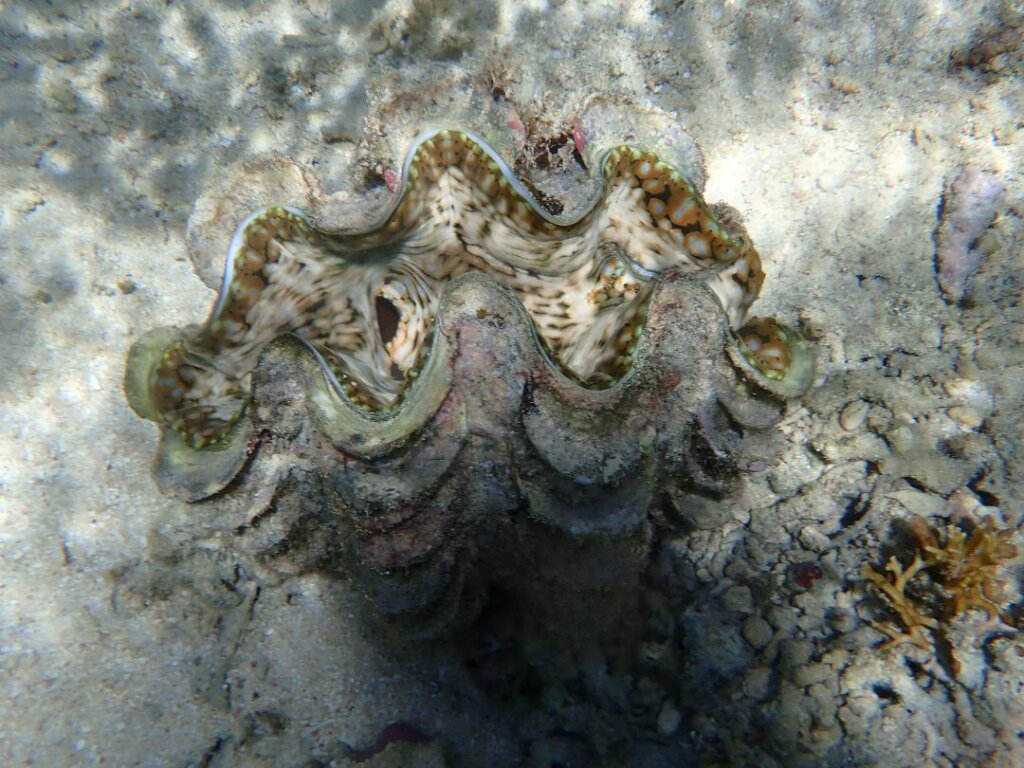By Gauri Salunkhe | Masters in Sustainable Development & Photo Credits
When the fishing village of Naidiri set up a no-fishing Tabu Area, octopus- which reproduce prolifically on these particular reefs due to abundant octopus habitat, quickly became over-abundant in on the reef, killing spider conch, giant clams, lobsters, crabs, and other important coral reef species. The over-abundance was related to the fact that predators of octopus, such as black-tip reef sharks and morray eels, take several years to return to the reef, and so without the women fishers which normally would keep their numbers under control, an over-imbalance quickly developed.
While the community began replanting heat-adapted corals onto fish habitat structures, and the corals and fish began flourishing, the shellfish continued to decline. The real tip-off that there was a problem came when the giant clam garden that the villagers had created began to be impacted. Over twenty rare (endangered species) giant clams had been gathered together into a specific area of the no-fishing zone as a way of monitoring their growth and assisting them to breed, but within just one year, the the octopi began killing them off one by one. C4C's coral reef scientist looked into the problem and realized that the problem was much bigger on the wider reef. On hid recommendation, the elders decided to allow the fisherwomen back onto the fishing grounds for the sole purpose of culling the octopi in the ancestral way. The women were happy to comply, joyfully harvesting this over-abundant protein resource while at the same time helping to restore important shellfish species on the reef.
It has been C4C's great privilege to be allowed to help foster ancestral practices while teaching the next generation to assist the corals under threat of bleaching. University students have come to study and learn about the project and from the community. The guest author today, Gauri Salunkhe, who has earned her Masters in Sustainable Development, carried out her research as a C4C intern in Naidiri Village. She proved to be an exceptional volunteer who stayed for several months and bonded strongly with the community and especially with the fisherwomen.
Gauri shares: "Working alongside this indigenous fishing community in Naidiri, Fiji transformed the way I understand sustainability. It's not just about conserving resources--it's about relationships: to land, to sea, and each other. Their deep, place-based knowledge and cultural connection to the ocean taught me that true resilience is rooted in reciprocity, respect, and community. Living there also reminded me of the beauty in simplicity. Waking up to the sound of the sea, sharing meals under the stars, and finding joy through connection, not consumption. I came with tools and frameworks, but I left with stories, wisdom, and a renewed sense of what it means to be sustainable. Sustainability is not just a science, but a way of life rooted in care, balance, and belonging."
Here are excerpts from her article. See the full article:
First impressions: A Journey into Fiji’s Marine Conservation and Indigenous Knowledge and Practices 05 March 2024
As I gazed out the plane window, soft white clouds stretched around us, concealing the view of the tropical paradise I’d heard so much about. Then, suddenly, an opening—a glimpse of lush green hills cascading down to sandy beaches, meeting the clear blue waters of the vast Pacific Ocean. We descended toward Nadi International Airport in Fiji, my first view of the island where I’d spend 4.5 months for my Master’s thesis fieldwork. Partnering with Dr. Austin Bowden-Kerby of Corals for Conservation, I aimed to explore how indigenous knowledge could be integral to creating sustainable Nature-based Solutions (NbS) for marine and coastal ecosystems.
 Figure 1: Naidiri village along the coast as seen from the plane (Photo by Gauri Salunkhe)07 March 2024
Figure 1: Naidiri village along the coast as seen from the plane (Photo by Gauri Salunkhe)07 March 2024
Dr Austin turned into a wood fenced area, the village of Naidiri on the southwest coast of Viti Levu, Fiji’s largest island. We drove through a grassy green field, passing colourful houses – yellow, blue, pink, green – until we reached the other end and stopped in front of a large bure[1], the village chief’s bure. We stooped through a short door, leaving our footwear outside, into a large space.
“Cola[2]! Cola! Welcome to Naidiri!”
We were greeted very enthusiastically. This is the first time we met Manoa Duwai, Naidiri’s local “marine hero” who had pioneered the community-managed Marine Protected Area (MPA) 15 years ago. Through his leadership, the local youth group maintains the MPA with coral restoration, mangrove planting, fish warden training, and more.
Naidiri’s MPA was the focal point of my research. Naidiri is along the coral coast of Fiji that stretches over 80km along the south-west coast of Viti Levu and is a key coral reef habitat that acts as a buffer against ocean waves, creating a protected area ideal for fishing and harvesting seafood. This village of 147 people that are all indigenous Fijians (iTaukei) relies on its traditional fishing grounds, or qoliqoli, which Naidiri shares with two neighbouring villages, Malomalo and Nalele, that are part of the same Vanua[3] as Naidiri. These fishing areas are controlled by the Vanua, who oversee the organisation and regulation of fishing activities within their qoliqoli. The villagers use their own artisanal fishing methods, with women line-fishing, octopus (hulua) spearing, or gathering shellfish and sea grapes (nama) at low tide, and men spear-fishing or working together to net fish. They also carry out subsistence farming on ancestral lands, growing root crops like cassava (tavioka), taro (dalo), and sweet potato (kumala), and fruits like breadfruit (uto), coconut (niu), and papaya (weleti). Most of the harvest sustains the village, while any surplus is sold in nearby Sigatoka town.
Naidiri’s reliance on subsistence fishing and farming makes them particularly vulnerable to the impacts of climate change, biodiversity loss and other human-induced pressures affecting their resources. My research, centred on this community, would explore how local indigenous knowledge and practices could strengthen and sustain NbS like their MPA, making it a model for marine and coastal ecosystem resilience.
 Figure 4: Naidiri, Malomalo and Nalele’s traditional fishing ground (qoliqoli) marked by the yellow line (Image adapted from Google Maps, (2024) by author)
Figure 4: Naidiri, Malomalo and Nalele’s traditional fishing ground (qoliqoli) marked by the yellow line (Image adapted from Google Maps, (2024) by author) Figure 5: Litiana Lewacaqu, who is very experienced and an expert in octopus spearing, was teaching me how to catch octopus (Photo by Gauri Salunkhe)
Figure 5: Litiana Lewacaqu, who is very experienced and an expert in octopus spearing, was teaching me how to catch octopus (Photo by Gauri Salunkhe)
Project reports on GlobalGiving are posted directly to globalgiving.org by Project Leaders as they are completed, generally every 3-4 months. To protect the integrity of these documents, GlobalGiving does not alter them; therefore you may find some language or formatting issues.
If you donate to this project or have donated to this project, you can receive an email when this project posts a report. You can also subscribe for reports without donating.
Support this important cause by creating a personalized fundraising page.
Start a Fundraiser
